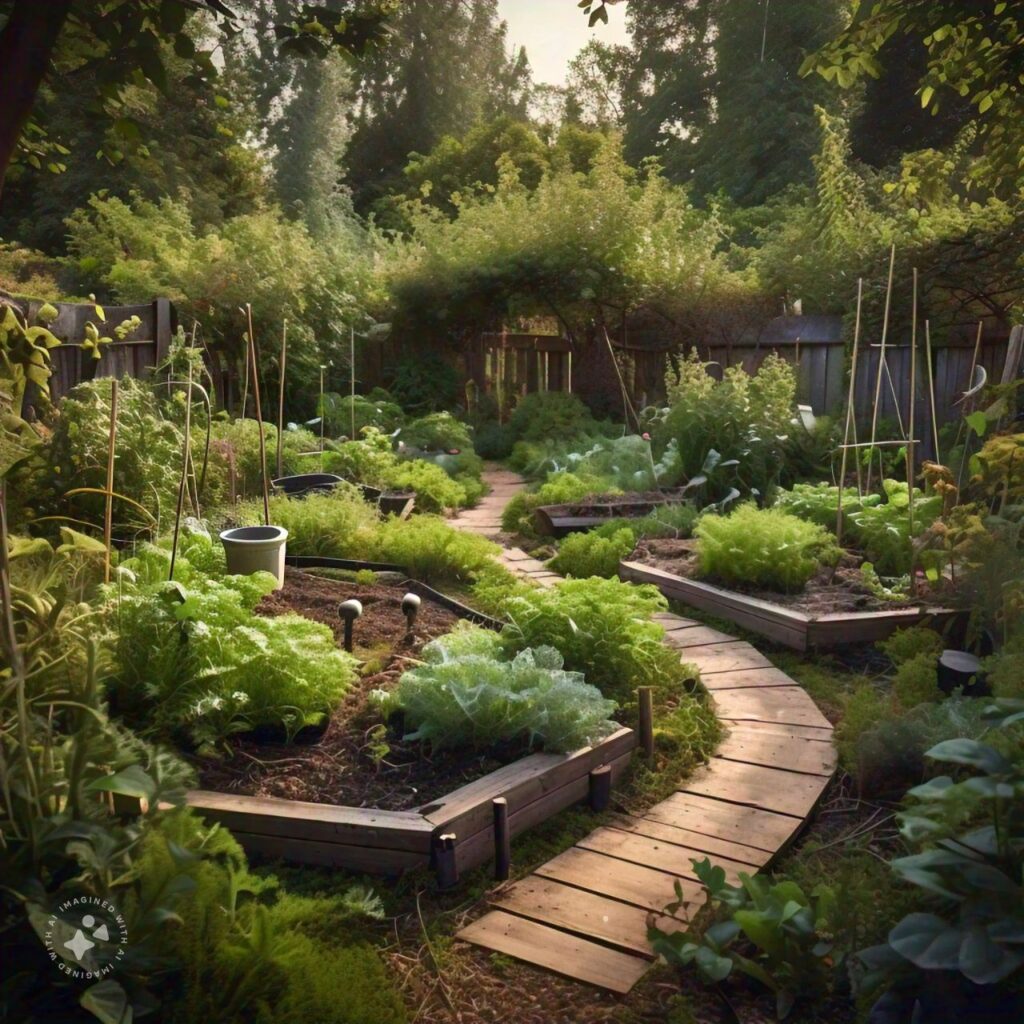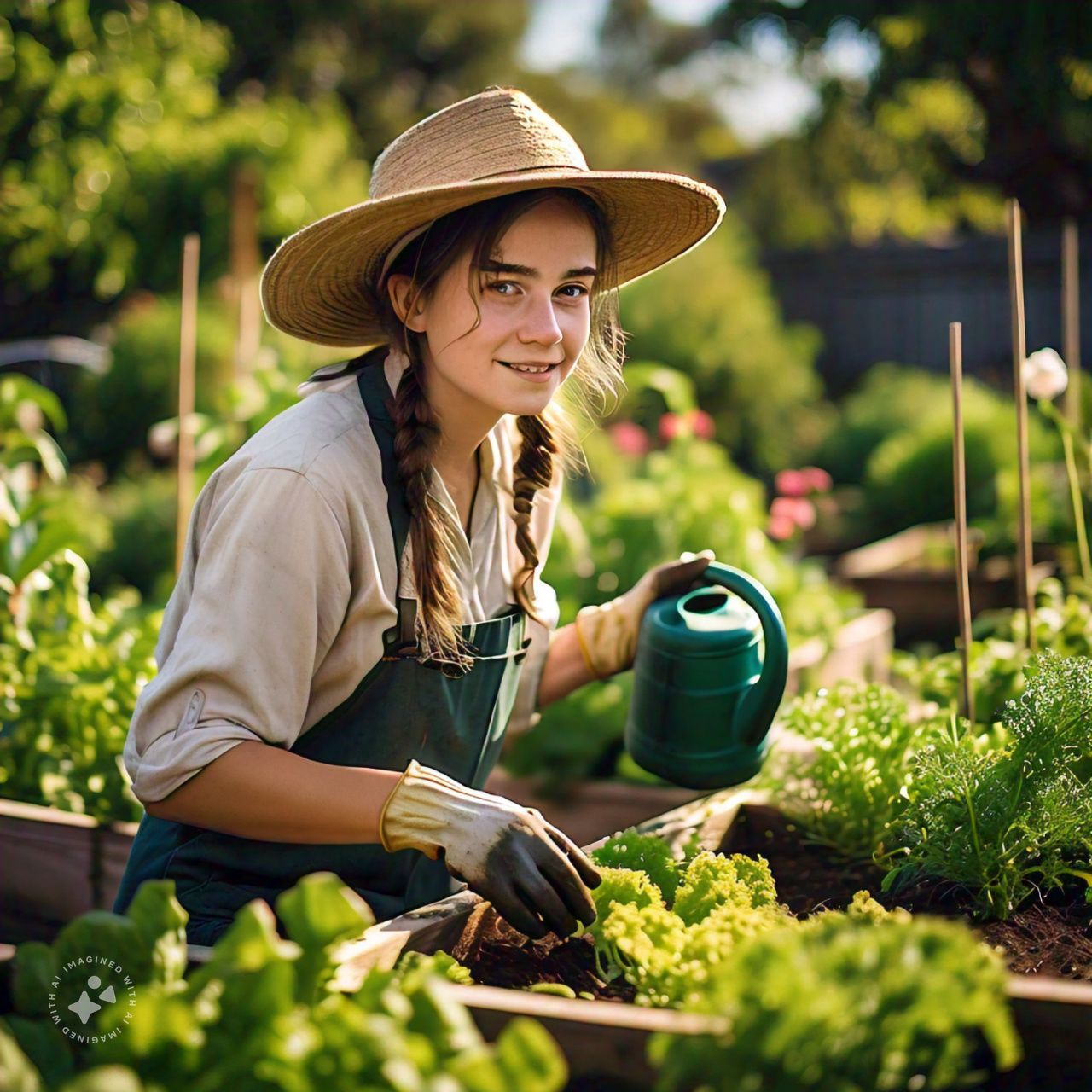Back to Eden gardening is a revolutionary method that revives ancient agricultural practices, focusing on building healthy, fertile soil by mimicking natural ecosystems. This gardening method, pioneered by Paul Gautschi, emphasizes the importance of using wood chips and organic matter as a natural mulch, transforming the way we grow food sustainably. In this detailed guide, we delve into everything you need to know about Back to Eden gardening, from its principles to practical steps on how to get started.
What is Back to Eden Gardening?
Back to Eden gardening is a no-till gardening method that uses natural mulching techniques to replicate the processes found in nature. The foundation of this method lies in layering organic materials such as wood chips, leaves, compost, and grass clippings to create a nutrient-rich environment for plants. This not only improves soil health but also conserves water, reduces the need for synthetic fertilizers, and minimizes weeding.
The philosophy behind Back to Eden gardening is simple: let nature do the work. By layering natural materials on top of the soil, we create a system that mimics the forest floor, where organic matter is continually breaking down, enriching the soil, and protecting plant roots.
Key Benefits of Back to Eden Gardening
- Improved Soil Health One of the greatest advantages of Back to Eden gardening is the transformation of soil quality. The layers of mulch break down over time, providing a continuous supply of nutrients that enrich the soil, leading to increased microbial activity and better overall plant health. Healthy soil promotes strong root systems and enhances the plants’ ability to uptake nutrients.
- Water Conservation The thick mulch layers used in Back to Eden gardening act as a natural sponge, retaining moisture for extended periods. This reduces the need for frequent watering, making it an ideal method for gardeners looking to conserve water. The mulch also prevents soil erosion and helps regulate soil temperature, providing an optimal growing environment.
- Weed Suppression A major advantage of this method is its ability to suppress weeds. The dense mulch layer prevents weed seeds from germinating by blocking sunlight, significantly reducing the need for chemical herbicides or manual weeding.
- Pest Control By fostering a healthy, balanced ecosystem, Back to Eden gardening encourages the presence of beneficial insects and other organisms that naturally control pest populations. This reduces the need for pesticides and promotes a more organic gardening approach.
- Sustainability Back to Eden gardening supports the idea of sustainable agriculture. It reduces the need for chemical fertilizers and pesticides, relies on renewable resources like wood chips, and encourages a closed-loop system where organic waste is reused.

How to Start a Back to Eden Garden
Starting a Back to Eden garden is straightforward but requires careful planning and patience. Here’s a step-by-step guide to get you started.
Step 1: Choose Your Location
Select a site that receives plenty of sunlight, as most garden plants thrive in full sun. It’s essential to avoid areas with poor drainage or compacted soil, as these conditions may impede plant growth.
Step 2: Prepare the Ground
While Back to Eden gardening is a no-till method, the ground should be cleared of large debris like rocks and sticks. You can leave the existing weeds and grass, as they will eventually decompose under the mulch layers. However, if you are dealing with particularly invasive weeds, it may be best to remove them before laying down the mulch.
Step 3: Apply a Layer of Newspaper or Cardboard
To suppress existing weeds and grass, lay down a layer of newspaper or cardboard. This will serve as a barrier that prevents unwanted vegetation from emerging. Make sure the materials overlap and cover the entire area to create a solid base.
Step 4: Add Compost
Next, apply a generous layer of compost over the newspaper or cardboard. This layer will provide essential nutrients to your plants and contribute to the breakdown of organic matter. Aim for at least 2 to 3 inches of compost across the garden bed.
Step 5: Spread Wood Chips
The final step is to spread a thick layer of wood chips—about 4 to 6 inches—over the compost. Wood chips are the cornerstone of Back to Eden gardening, as they slowly break down over time, enriching the soil with organic material. It’s important to use natural, untreated wood chips to avoid introducing chemicals into your garden.
Step 6: Planting in the Back to Eden Garden
After laying the mulch, wait for a few months before planting to allow the soil to adjust. When ready, dig small holes in the wood chips to plant your seedlings or seeds. Keep in mind that the soil beneath the mulch will be soft and nutrient-rich, making it easy for plants to establish strong roots.
Maintaining Your Back to Eden Garden
Back to Eden gardens are relatively low-maintenance, but a few key practices will ensure your garden thrives.
1. Replenish the Mulch
Over time, the wood chips and other organic materials will break down. It’s important to add fresh mulch every year to maintain the health of your garden. The added mulch will continue to feed the soil, conserve moisture, and suppress weeds.
2. Watering
Although Back to Eden gardens are designed to conserve water, newly planted gardens may require more frequent watering until the plants are established. Once established, you’ll notice a significant reduction in the amount of watering needed, thanks to the moisture-retaining properties of the mulch.
3. Organic Fertilizers
While the mulch and compost provide a steady supply of nutrients, some plants may benefit from an additional boost, especially during the growing season. Consider using organic fertilizers like compost tea or seaweed extract to give your plants the extra nutrients they need.

Common Challenges and How to Overcome Them
Although Back to Eden gardening is highly effective, gardeners may encounter a few challenges along the way. Here’s how to address them:
- Slow Breakdown of Wood Chips
In colder climates, wood chips may take longer to break down, slowing nutrient release. To speed up decomposition, you can incorporate a nitrogen-rich material, such as manure or grass clippings, into the mulch. - Fungal Growth
The presence of fungi on wood chips is natural and often beneficial, as fungi help break down organic material. However, if fungal growth becomes excessive, you may need to reduce moisture levels or improve air circulation by spreading out the mulch. - Pests
While Back to Eden gardening promotes natural pest control, certain pests, such as slugs, may still pose a problem in damp environments. Introducing natural predators like frogs or toads can help keep slug populations in check.
Final Thoughts on Back to Eden Gardening
Back to Eden gardening offers a sustainable, low-maintenance approach to growing food while restoring soil health and supporting the environment. By mimicking nature’s processes, this method allows you to grow an abundance of crops with minimal input, making it an ideal choice for organic gardeners and those looking to reduce their environmental impact.



